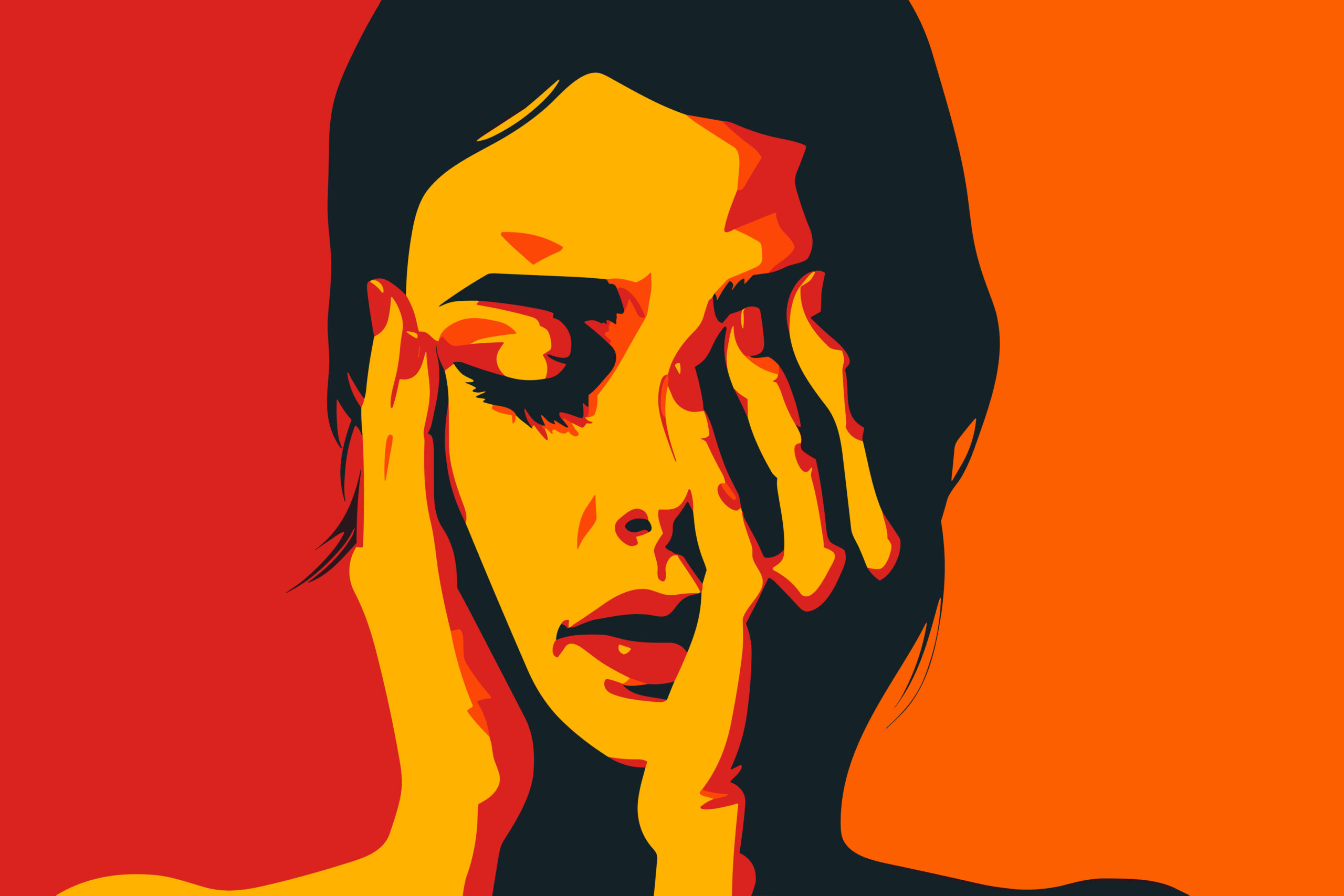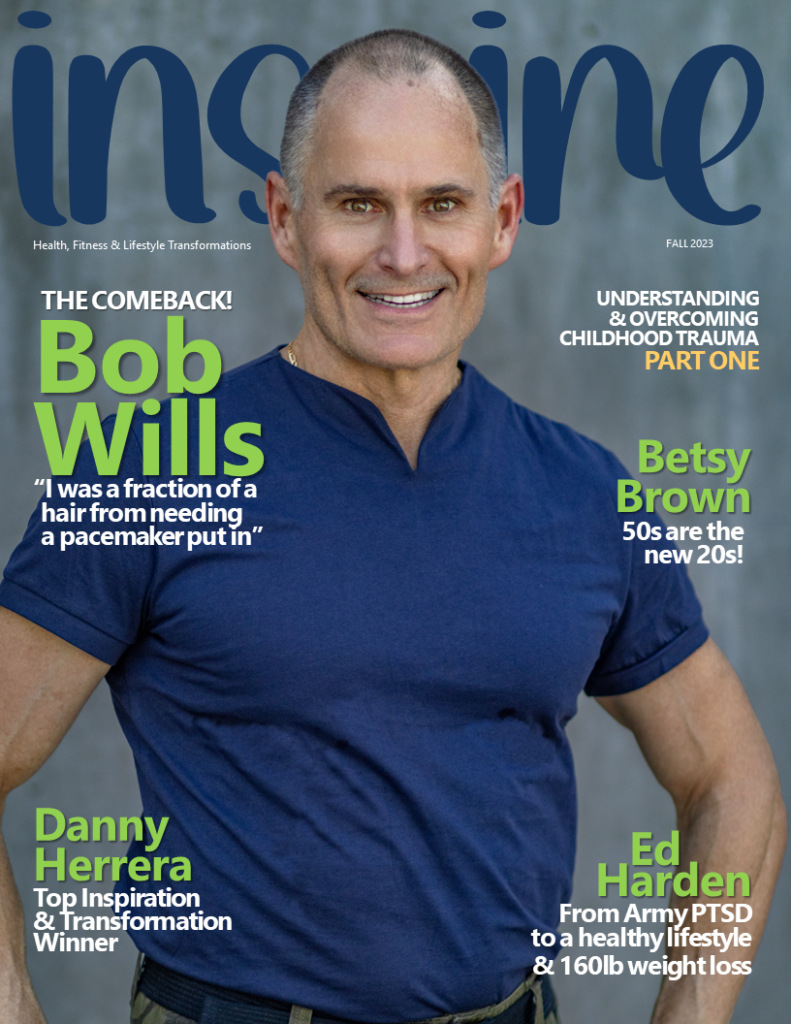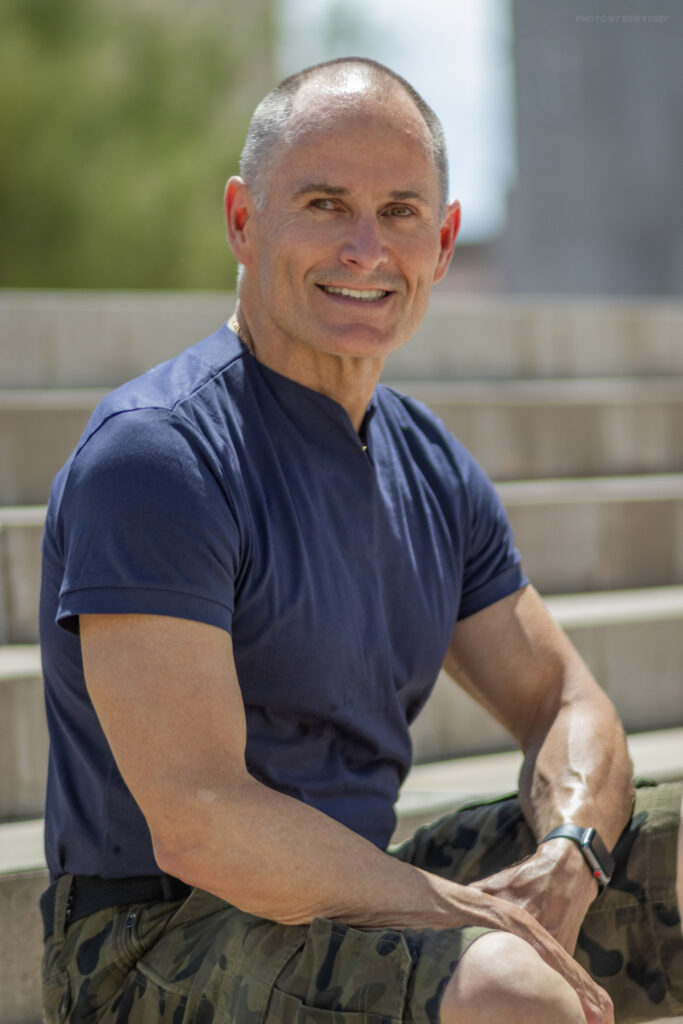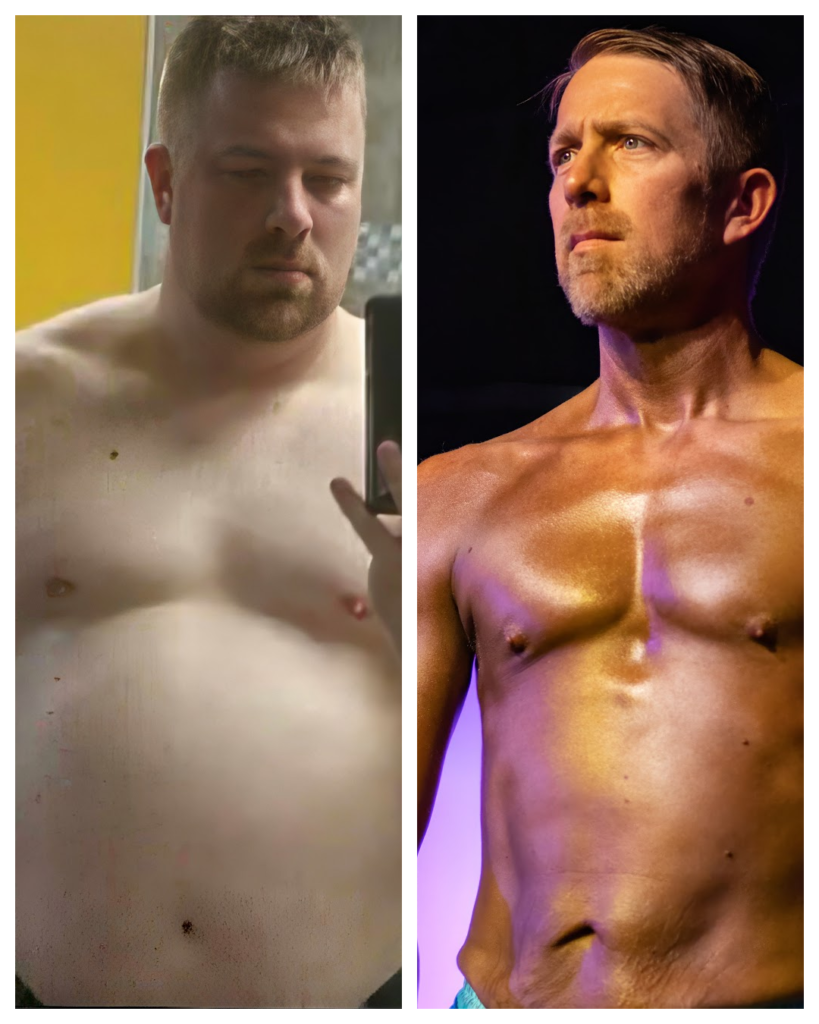
UNDERSTANDING
& OVERCOMING
CHILDHOOD TRAUMA
THEORETICAL FOUNDATIONS
AND PATHOLOGY
Part 1:
Introduction
Childhood, often remembered as a time of innocence and joy, can also bear the weight of events that have life-altering consequences. Childhood trauma, marked by distressing experiences that profoundly shake a young individual’s sense of security and well-being, can have repercussions that echo into adulthood. Such traumatic events, whether they’re punctuated incidents or prolonged exposures, can shape mental, emotional, and even physical facets of a person’s life. This article aims to delve deeper into the theoretical underpinnings and pathological manifestations of childhood trauma, laying the foundation for understanding its intricate dynamics.

These varied experiences, although distinct in their nature, all intersect in their capacity to leave lasting psychological imprints that can affect an individual's perception of self, others, and the world around them.
Definition of Childhood Trauma
Childhood trauma is multifaceted. It includes emotional, physical, and sexual abuse, as well as neglect. Some children experience single, impactful traumatic events like accidents, sudden deaths of loved ones, or natural disasters. Others might endure extended traumas, such as living in an abusive household, witnessing domestic violence, or facing chronic neglect. These varied experiences, although distinct in their nature, all intersect in their capacity to leave lasting psychological imprints that can affect an individual’s perception of self, others, and the world around them.
Mechanisms of Impact
The human brain, especially during its developmental years, is incredibly malleable. Traumatic events can disrupt its typical growth patterns, causing lasting changes. Neurologically speaking, areas like the amygdala (integral to our fear responses) may become hyperactive. The hippocampus, responsible for memory consolidation, might see decreased volumes, leading to issues with memory recall or an increased susceptibility to stress.
Furthermore, a child’s psychological development can be derailed. Negative core beliefs may emerge, leading them to view the world as a dangerous place, see others as potential threats, or perceive themselves as unworthy or inherently flawed. This skewed worldview can impede the formation of secure attachments and healthy interpersonal relationships, setting the stage for further challenges in adulthood.
Physical Health Consequences
The interplay between mind and body is evident when examining the physical ramifications of childhood trauma. Research indicates that adverse childhood experiences correlate with chronic health conditions like heart disease, diabetes, and autoimmune diseases later in life. The body’s stress response system, when activated excessively during youth, can lead to inflammations, hormonal imbalances, and a weakened immune response.
Sleep, a crucial component of physical health, is often disrupted. Trauma survivors might wrestle with insomnia, night terrors, or other sleep disorders, depriving their bodies of essential rest and recovery.

Depression and anxiety are commonly diagnosed, but deeper-rooted issues like post-traumatic stress disorder (PTSD) or complex PTSD (resulting from prolonged trauma) are prevalent.
Mental and Emotional Pathologies
The spectrum of mental health challenges stemming from childhood trauma is broad. Depression and anxiety are commonly diagnosed, but deeper-rooted issues like post-traumatic stress disorder (PTSD) or complex PTSD (resulting from prolonged trauma) are prevalent. Emotion regulation becomes a challenge, with survivors either becoming hypersensitive, easily triggered, and overwhelmed, or conversely, numb and detached.
Personal relationships can be fraught with difficulties. Trust issues, fear of abandonment, or a pervasive sense of shame can thwart attempts to build intimate bonds. Substance abuse, a maladaptive coping strategy, may emerge as a way to numb pain or regulate overwhelming emotions.
Behavioral Consequences in Adulthood
The behaviors of trauma survivors often mirror their internal turmoil. Patterns of avoidance—avoiding places, people, or situations that evoke traumatic memories—become common. On the other hand, some might display hyperarousal, marked by heightened states of alertness and sensitivity to perceived threats. Socially, they may oscillate between aggressive outbursts and complete withdrawal, making sustained relationships or careers challenging.
Conclusion of Part 1
The aftershocks of childhood trauma manifest in myriad ways, each echoing the pain of past events. While the first part of this series laid the groundwork for understanding the complex tapestry of trauma, the subsequent section ventures into the realm of recovery. It delves into strategies and approaches that offer not just hope but a path toward healing and reclaiming one’s life. INSPIRE

More From INSPIRE Fall 2023 Issue

INSPIRE Magazine Cover Story – Bob Wills – The Comeback
“I was a fraction of a hair from needing a pacemaker put in. That’s how close I was last year.”

INSPIRE Magazine – Top Inspiration & Transformation Winner Danny Herrera
“Transformation is possible. All it takes is a DECISION! Let’s decide to Level Up today!”

INSPIRE Magazine – Ed Harden – From Army PTSD To A Healthy Lifestyle & 160lb Weight Loss
“I hope that one day I can use the knowledge that I have gained to help other people, especially fellow veterans or diabetics to learn a better lifestyle…”

INSPIRE Magazine – How Your Environment Affects Your Mental Health
Understanding the impact of our environment on mental health is crucial for fostering a supportive and conducive ecosystem for well-being.

INSPIRE Magazine Cover Story – New IPL Figure Pro Deanna Faulkner – Overcoming Pain & Finding Strength At Militia Fitness
“I’ve been sort of in disbelief. I keep thinking wow, I said yes to one thing a couple years ago and here I am now. ‘What if I had let fear stop me?'”

INSPIRE Magazine Cover Story: Johnny Mattern Lost 80 Pounds, Earned Top Transformation Award & Became An IPL Pro
“When I saw 230lbs on the scale, that was the eye opener for me. I looked in the mirror and I told myself, ‘I need to fix this.’ I didn’t want to be a statistic…”
